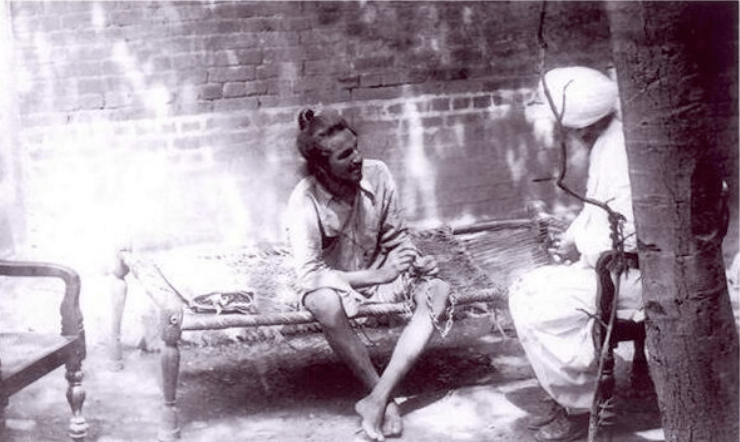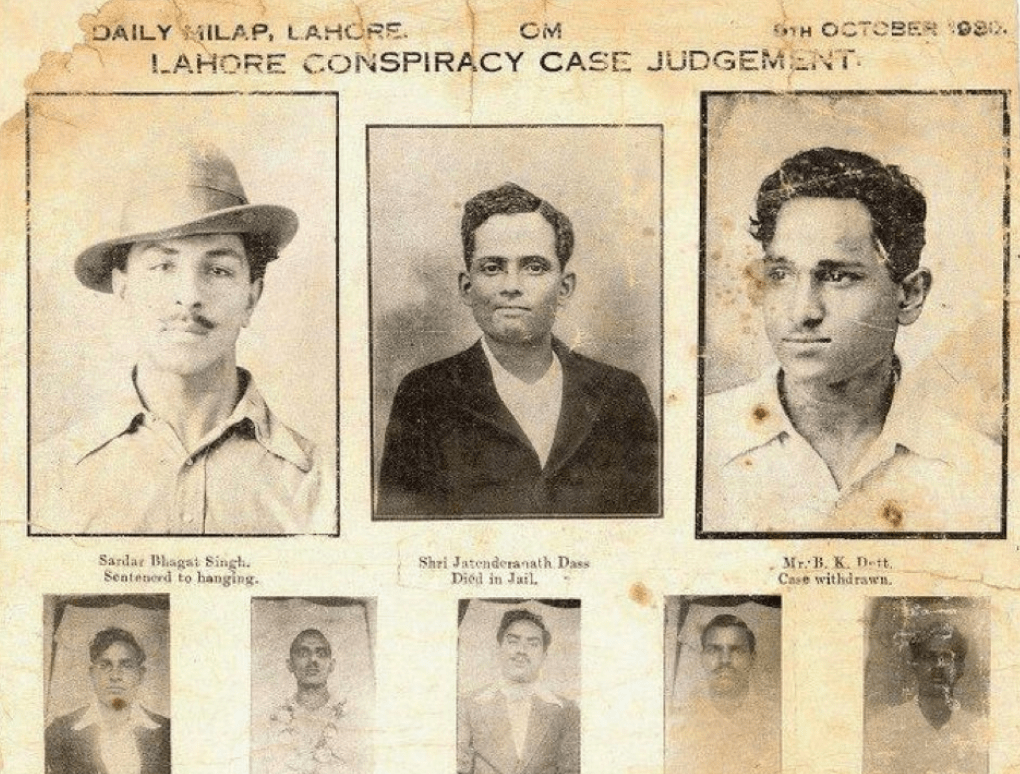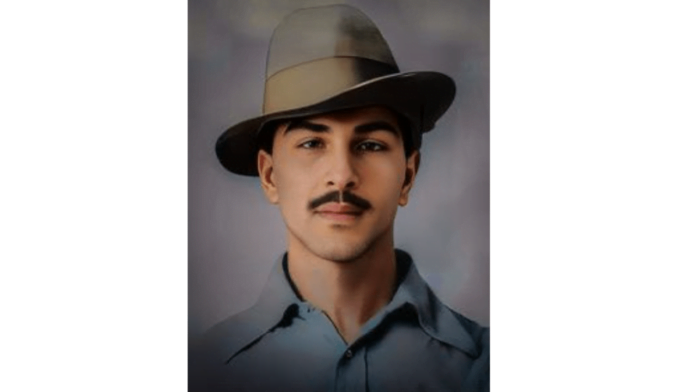Because of his courage, altruism, and unwavering defiance, Bhagat Singh is considered a legend in the Indian independence movement. Born on September 27, 1907, in a politically charged environment, Bhagat Singh’s life journey was a testament to his burning desire for an independent India.
In Short
Early Life and Influences
Hailing from a Sikh family with a strong history of activism, Bhagat Singh was exposed to nationalist ideas from a young age. His father, Kishan Singh, and uncle, Ajit Singh, were actively involved in movements challenging British rule. The Jallianwala Bagh massacre in 1919, a brutal act of violence by British troops against peaceful protestors, deeply impacted the young Bhagat Singh. This incident strengthened his determination to fight for the freedom of India.
From Student to Revolutionary

Bhagat Singh’s growing political consciousness was entwined with his scholarly endeavors. He attended the Dayanand Anglo-Vedic School and later enrolled at the National College in Lahore, a hub of nationalist fervor. His growing dedication to the freedom struggle, however, caused his education to end prematurely. Engaging in rallies against British rule, he read a great deal of revolutionary literature, especially the writings of socialist and anarchist intellectuals.
राष्ट्र आज मां भारती के सच्चे सपूत वीर भगत सिंह, सुखदेव और राजगुरु की शहादत को श्रद्धापूर्वक स्मरण कर रहा है। शहीद दिवस पर देशभर के अपने परिवारजनों की ओर से उन्हें नमन और वंदन। जय हिंद! pic.twitter.com/muz6dWZWel
— Narendra Modi (@narendramodi) March 23, 2024
Embracing Radicalism
Disillusioned with the pace of non-violent protests advocated by Mahatma Gandhi, Bhagat Singh gravitated towards more radical methods. He joined the revolutionary Hindustan Socialist Republican Association (HSRA), whose goal was to overthrow the British government through force. This association, which was influenced by socialist ideas, held that political independence alone would not bring about true freedom; social and economic transformation was necessary.

Acts of Defiance
In 1928, in a daring act of protest against the death of Lala Lajpat Rai, a prominent Indian nationalist leader, Bhagat Singh and his associates planned to assassinate the British police superintendent responsible. However, in a case of mistaken identity, they shot a junior officer. Notwithstanding the unexpected consequence, this action rocked the British government and stoked anti-colonial sentiment in India.
The Assembly Bombing and Hunger Strike
Determined to make a powerful statement against repressive British laws, Bhagat Singh, along with Batukeshwar Dutt, orchestrated the bombing of the Central Legislative Assembly in Delhi in 1929. They deliberately avoided causing casualties, aiming to symbolically challenge British authority. Bhagat Singh and Batukeshwar Dutt took advantage of their later trial to expose the harsh aspects of British authority by declining to defend themselves. Their act of defiance and the hunger strike they conducted while incarcerated—which garnered enormous public support—made them national heroes.
Legacy of a Martyr

Despite widespread protests and pleas for clemency, Bhagat Singh, along with his comrades Shivaram Hari Rajguru and Sukhdev Thapar, were sentenced to death and hanged on March 23, 1931. Bhagat Singh’s execution at the young age of 23 only served to further immortalize him. He came to represent unwavering bravery, altruism, and the aspiration for an independent India. His martyrdom left a lasting emotional mark on Indians and inspired numerous generations of Indian liberation fighters.
Bhagat Singh’s Lasting Impact
Apart from his revolutionary actions, Bhagat Singh has left an enduring legacy. His dedication to socialist principles and his vision of a just society will always be ingrained in our memory. Through his writings, speeches, and actions, he has generated conversations on social justice and economic equity in modern India. Images of Bhagat Singh are displayed in public areas, and his name inspires pride and patriotism in people all around the India.
Posts source : X



